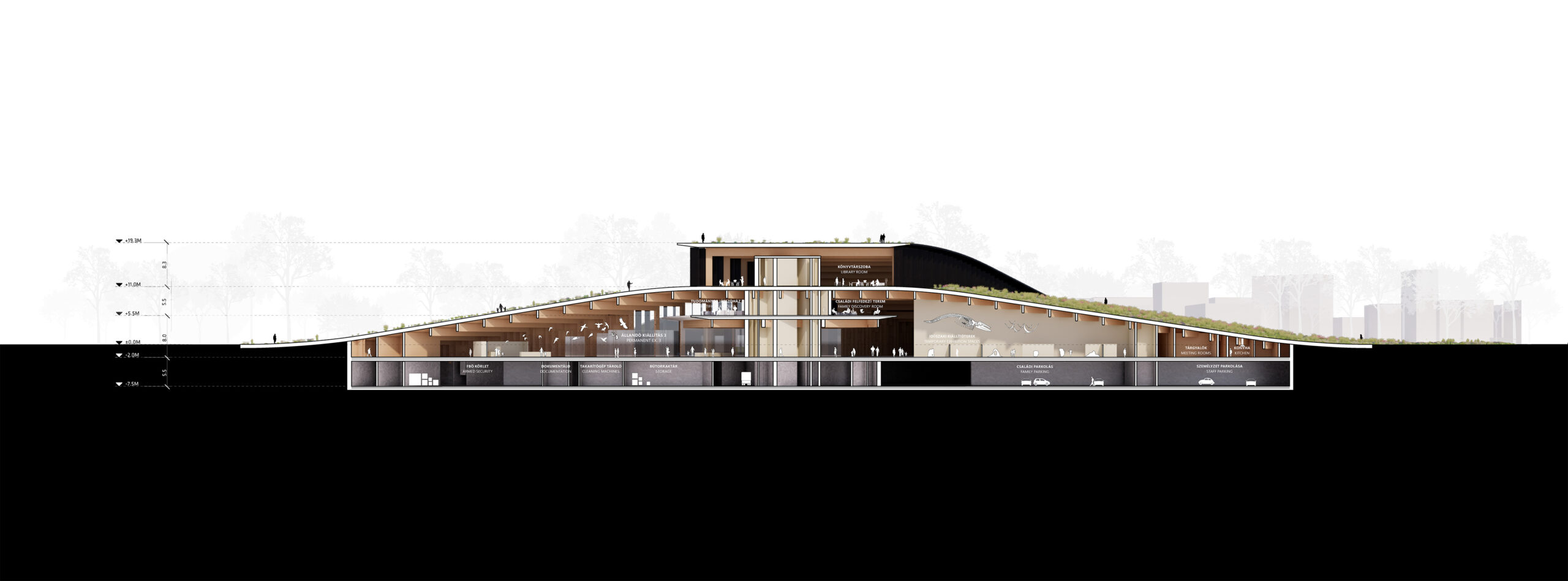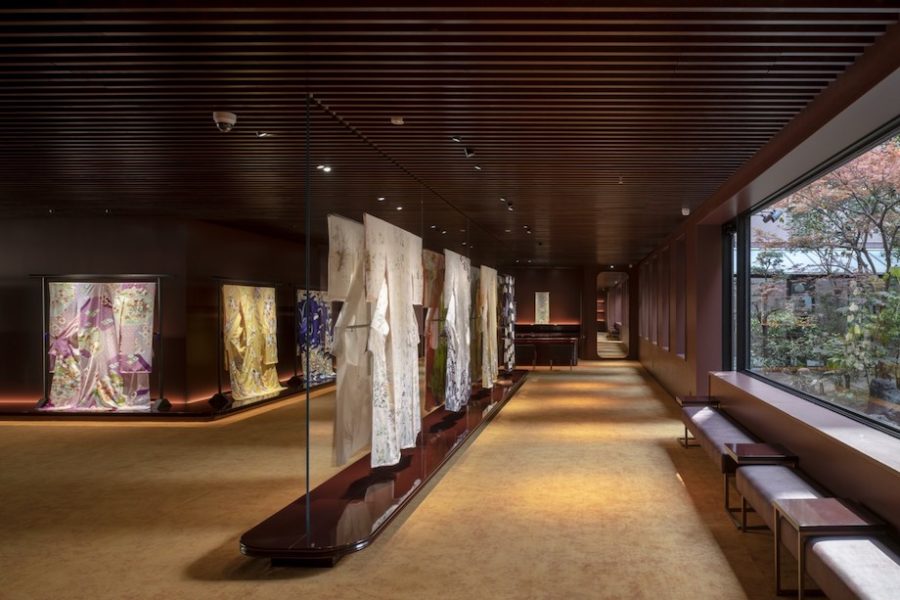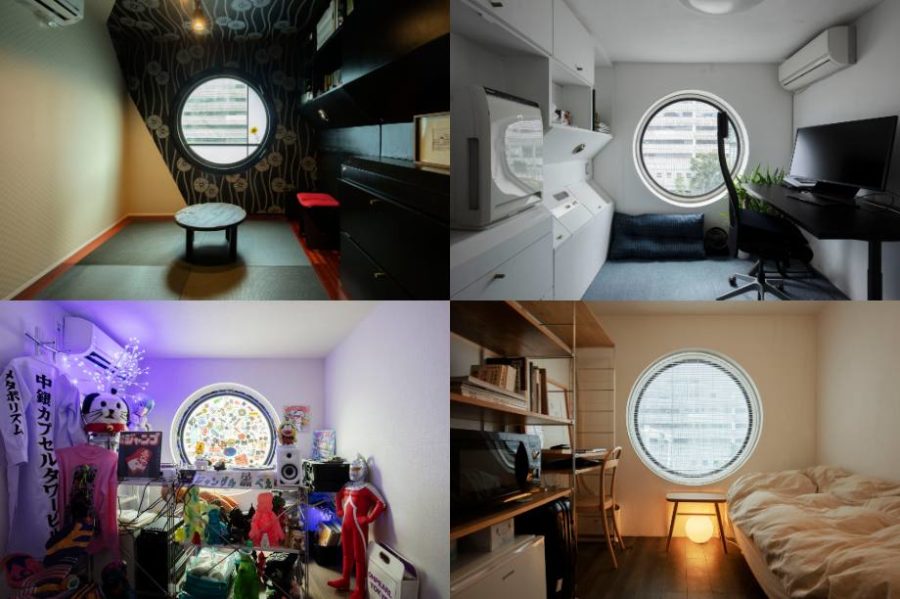
CULTURE


Renderings by BIG
ハンガリーの都市デブレツェンに計画されている〈ハンガリー自然史博物館(Hungarian Natural History Museum)〉の設計者に、ビャルケ・インゲルス(Bjarke Ingels)率いるビャルケ・インゲルス・グループ(Bjarke Ingels Group、以下BIGと表記)が選出されました。
新たな〈ハンガリー自然史博物館〉は、3本のリボンが交差しながら地形に沿って立ち上がる構成が特徴的な、ランドスケープと一体化する建築です。
注目ポイント
- リボン状のフォルムが織りなすランドスケープ建築
- マスティンバー×炭化木材ファサード
- 体験型ランドスケープとしての屋上空間
- 地形と一体化した持続可能なエネルギー戦略
- 有機的かつ幾何学的な建築言語
- 放射状プランによる内部空間と回遊性の確保
(以下、BIGから提供されたプレスキットのテキストの抄訳)

Renderings by BIG
BIGは、ハンガリーの第2の都市デブレツェンに建設される新たな〈ハンガリー自然史博物館〉の設計者に選出された。
23,000m²の博物館は、市の北部にある何世紀も昔からつづく大森林の中に建てられ、3つの重なり合うリボンが森の地面からゆるやかに立ち上がり、新しい公共の場と科学の目的地を形成する。

Renderings by BIG
デブレツェンの大森林の端にある旧運動場に建設されるこの新しい〈ハンガリー自然史博物館〉は、Vikár és Lukács Építés Stúdió、Museum Studio、TYPSAと共同で設計されている。
この博物館は、2030年までにデブレツェンを教育と文化の地域的拠点とするという政府の構想を支援し、ブダペストに建つ既存の施設に代わるものとなる。博物館とハンガリー文化・革新省の委託により、新博物館には常設および特別展示ホール、教育・研究施設、公共施設、バックヤードスペースが設けられる予定である。

Renderings by BIG
BIG創設者兼クリエイティブ・ディレクターであるビャルケ・インゲルスは、次のように語る。
「自然史は私にとって大切なテーマであり、長男にダーウィンという名前をつけたほどである。だからこそ、デブレツェンの大森林に建設される〈ハンガリー自然史博物館〉の設計を任されたことは、私にとって大変な名誉である。」
「私たちのデザインは、交差する道と歴史の交差点として構想されている。交差するリボン状のランドスケープが重なり合い、一連のニッチや生息地、ホールやギャラリーをつくり出し、屋内と屋外、親密さと巨大さをシームレスに融合させている。」
「その結果、森の中の空き地に人工の丘が現れた。幾何学的に明確でありながら、柔らかな有機性も備えた、自然界の神秘にふさわしい場所となっている。」

Diagram
新しい博物館は、3つの重なり合うボリュームがランドスケープに沿って上昇、下降することで特徴づけられている。
マスティンバー構造と炭化した木材のファサードをもつこの博物館は、一部が地面に埋め込まれ、また一部は森の床から立ち上がることで、視覚的に公園に溶け込んでいる。一方、傾斜した屋根のランドスケープは、人々がアクセスしやすく、また市街地の広大な眺めを提供している。

Renderings by BIG
BIGのパートナーであるハンナ・ヨハンソン(Hanna Johansson)は次のように語る。
「私たちは〈ハンガリー自然史博物館〉を、その環境と一体化した一部として、周囲の景観を形成し、また形成されるものとして構想した。大量の木材を使用して建設されるこのマスティンバー建築は、地元で調達した炭化した木材パネルのファサードが地面から突き出し、建築物と大自然の境界を曖昧にしている。」
「この博物館は、地中の熱容量を利用し、地熱ループや太陽光発電パネルなどのエネルギーシステムを敷地内に統合することで、年間を通じて安定した室内環境を確保している。この建物は、単にその場所を保存するのではなく、修復し、強化するものであり、生物多様性を再生しながら、周囲の環境に静かに適応している。」

Renderings by BIG
来館者はどの方向から来ても、広々とした広場、曲がりくねった森の小道、建物越しに広がる景色に出迎えられる。どの方向からもアクセスできるこの博物館は、都市の景観と周囲の自然の景観の両方に溶け込んでいる。
南側には広々とした広場があり、そこが地域住民の生活と美術館の活動の出会いの場となっている。

Renderings by BIG
内部では、レセプションホールが中心的なコンパスの役割を果たし、放射状にレイアウトされた展示棟を一望できる。
上部には図書館とレストランがあり、森の梢を見渡すことができる。一方、下部には学習センターがあり、学生や家族、スタッフ向けのワークショップ、遊び場、研究施設が設けられている。

Renderings by BIG
建物の面積を最小限に抑え、地形の一部に隠れるようにして博物館は建てられる。傾斜した緑の屋根には在来種が植えられ、地元の動植物の生息地を提供すると同時に、視覚的に公園を博物館まで広げている。
植栽は敷地全体に続き、建物の中にも取り入れられ、年間を通じて人々が休憩したり集まったりできるスペースを提供している。

Renderings by BIG

Renderings by BIG

Section

Section
以下、BIGのリリース(英文)です。
BIG WINS INTERNATIONAL COMPETITION TO DESIGN THE NEW HUNGARIAN NATURAL HISTORY MUSEUM
BIG – Bjarke Ingels Group has been selected to design the home of the new Hungarian Natural History Museum in Hungary’s second-largest city, Debrecen. The 23,000 m² museum will be nestled within the centuries-old Great Forest in the northern part of the city, proposing three overlapping landscaped ribbons that gently rise from the forest floor to form a new public and scientific destination.
Located on a former sports ground at the edge of Debrecen’s Great Forest, Nagyerdő, the new Hungarian Natural History Museum is designed in collaboration with Vikár és Lukács Építés Stúdió, Museum Studio and TYPSA. The museum will replace the existing institution in Budapest, supporting the government’s vision to establish Debrecen as a key regional hub for education and culture by 2030. Commissioned by the Museum and the Ministry of Culture and Innovation, the new museum will house permanent and temporary exhibition halls, educational and research facilities, public amenities, and back-of-house spaces.
“Natural history is a subject dear to me – so dear that I named my oldest son Darwin. To that end, it is a great honor to have been entrusted with the authorship of the Hungarian Natural History Museum in the Great Forest of Debrecen. Our design is conceived as an intersection of paths and lineages. Intersecting ribbons of landscape overlap to produce a series of niches and habitats, halls and galleries, blending the inside and the outside, the intimate and the mastodontic in seamless continuity. The result is a manmade hill in a forest clearing; geometrically clear yet softly organic – an appropriate home for the wonders of the natural world.” – Bjarke Ingels, Founder and Creative Director, BIG
The new museum is defined by three overlapping volumes that rise and fall with the landscape. With a mass timber structure and charred timber facade, the museum is partially sunken into the ground and rises from the forest floor to visually blend into its park surroundings, while its sloping roofscape invites public access and offers expansive views of the city.
“We envisioned the Hungarian Natural History Museum as an integrated part of its environment, both shaped by and shaping the landscape around it. Constructed from mass timber, the building features a façade of locally sourced charred timber panels that emerge from the ground, blurring the lines between architecture and wilderness. The museum draws on the thermal mass of the ground and integrates on-site energy systems, including geothermal loops and photovoltaic panels, to ensure a stable indoor climate year-round. Rather than simply preserving the site, the building restores and enhances it – regenerating biodiversity while quietly adapting to its surroundings.” – Hanna Johansson, Partner, BIG
Approaching from any direction, visitors are met with open plazas, winding forest paths and framed views through and over the building. The museum is accessible from all sides, integrating it into both the urban fabric and the surrounding natural landscape. The arrival is marked by a generous southern plaza that forms a meeting point for community life and museum activities.
Inside, the reception hall acts as a central compass point, offering glimpses into the surrounding exhibition wings – five for permanent galleries and one for temporary shows and public programs, organized in a radial layout. Above, a library and restaurant offer views into the forest canopy, while below, a learning hub hosts workshops, play spaces and research labs for students, families and staff.
Minimizing its footprint, the museum is partially hidden in the terrain. The sloping green roofs are planted with native species, offering habitats for local flora and fauna while visually extending the park over the museum. Vegetation continues through the site and into the building, offering areas for rest and gatherings for the public year-round.
PROJECT INFORMATION
Name: Hungarian Natural History Museum
Size: 23,000 m²
Location: Debrecen, Hungary
Client: DIF Debrecen
Collaborators: Vikár és Lukács Építés Stúdió, Museum Studio – London, TYPSAPROJECT TEAM
Partner in Charge: Bjarke Ingels, Hanna Johansson
Project Leader: Jakub Fratczak
Team: Alessandra Baroni, Camila Antonella Mina, Camila Pagnoncelli, Dominika Kłopotek, Gian Marco Prisco, Juan Carpio, Nicolas Bachmann Bellido, Olivia Sarra Gómez, Angel Barreno Gutiérrez
BIG 公式サイト
https://big.dk/#news




![[大阪・関西万博]トイレや休憩所などを紹介_休憩所2](https://magazine-asset.tecture.jp/wpcms/wp-content/uploads/2025/07/23114115/M5A6658-min-900x600.jpg)




